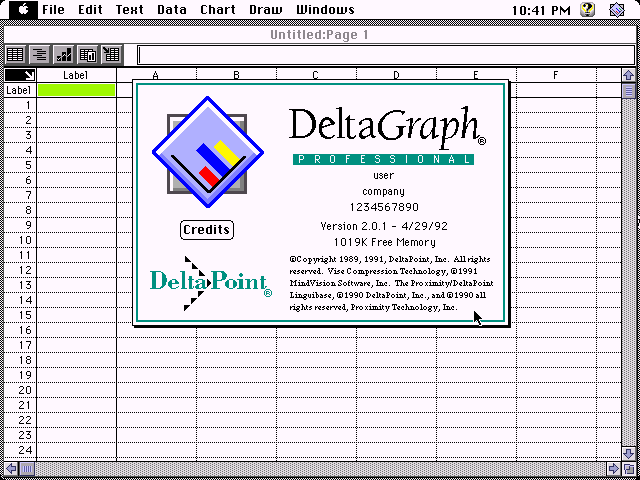

Microsoft Graph adds the specified parameters automatically for all subsequent requests. The calling application only needs to specify the query parameters once upfront. Microsoft Graph automatically encodes the specified parameter into the or provided in the response. If a client uses a query parameter, it must be specified in the initial request. When carrying out delta query, you can copy and apply the or URL to the next delta function call without having to inspect the contents of the URL, including its state token. Therefore, it's not required to repeat them in subsequent delta query requests. The state tokens also encode and include other query parameters (such as $select) specified in the initial delta query request. The following details are what you need to know about them:Įach token reflects the state and represents a snapshot of the resource in that round of change tracking. The URL includes a $skipToken, and a URL includes a $deltaToken. Note that $select and $deltaLink query parameters will be supported for Azure Active Directory (Azure AD) resources so that customers can change the properties they want to track for an existing Delta queries with both $select and $skipToken will not be supported.Ī delta query GET response always includes a URL specified in a or response header.Updates made before the initial request are summarized on the resource returned as its latest state. Resources that have been created and deleted prior to the initial delta query won't be returned. The initial request to the delta query function (no $deltaToken or $skipToken) will return the resources that currently exist in the collection.However, /delta is a shortcut for the fully qualified name / that you see in requests generated by the Microsoft Graph SDKs. The delta query function is generally referred to by appending /delta to the resource name.For resources in OneDrive and SharePoint, append token=latest instead. Resources in OneDrive and SharePoint also support this feature. Append $deltaToken=latest to the delta function and the response will contain a and no resource data.
#Deltagraph 6 full#
This allows you to skip steps 1 and 2 (if you're not interested in retrieving the full state of the resource) and ask for the latest instead. Resources stored in Azure Active Directory (such as users and groups) support "sync from now" scenarios.Microsoft Graph returns a response describing changes to the resource since the previous request, and either a URL or a URL. This request may be made immediately after completing step 2 or when the application checks for changes. When the application needs to learn about changes to the resource, it makes a new request using the URL received in step 2. For future requests, the application uses the URL to learn about changes to the resource. If a URL is returned, there is no more data about the existing state of the resource to be returned. The application continues making requests using the URL to retrieve all pages of data until a URL is returned in the response.ī. This is true even if the current response may contain an empty result. If an URL is returned, there are additional pages of data to be retrieved in the session. Microsoft Graph sends a response containing the requested resource and a state token.Ī.

The application begins by calling a GET request with the delta function on the desired resource. Use delta query to track changes in a resource collection Microsoft Graph applications can use delta query to efficiently synchronize changes with a local data store. Delta query enables applications to discover newly created, updated, or deleted entities without performing a full read of the target resource with every request.


 0 kommentar(er)
0 kommentar(er)
